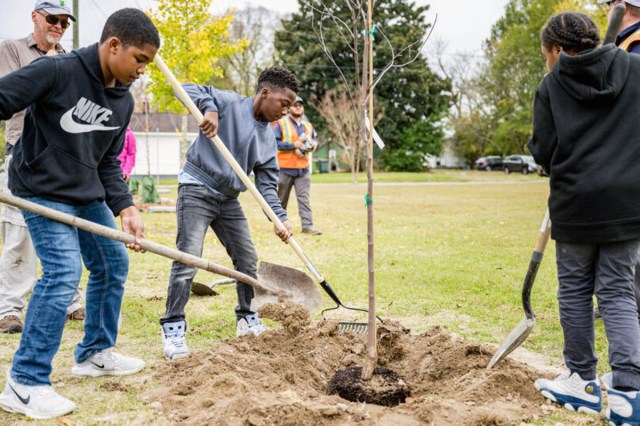Climate Crusade Derailed: Faith-Based Green Initiatives Stalled by Presidential Funding Freeze

A Transformative Urban Green Space: Stillmeadow Community Fellowship's Environmental Vision
In the heart of Baltimore, Stillmeadow Community Fellowship has embarked on an inspiring journey of environmental restoration and community empowerment. For over five years, the organization has partnered with the U.S. Department of Agriculture's Forest Service to breathe new life into a once-neglected 10-acre plot.
What began as a barren landscape has gradually transformed into a vibrant green sanctuary, symbolizing hope and renewal for the local neighborhood. Through dedicated collaboration and passionate commitment, the fellowship has turned an overlooked urban space into a thriving ecosystem that serves both environmental and community needs.
This remarkable project demonstrates how grassroots initiatives can create meaningful change, reconnecting urban residents with nature and fostering a sense of collective stewardship. By rehabilitating this land, Stillmeadow Community Fellowship is not just planting trees and restoring vegetation, but cultivating a deeper connection between people and their local environment.
The ongoing partnership with the Forest Service highlights the potential for innovative, community-driven approaches to urban landscape restoration, offering a powerful model for other cities seeking to revitalize neglected spaces.

